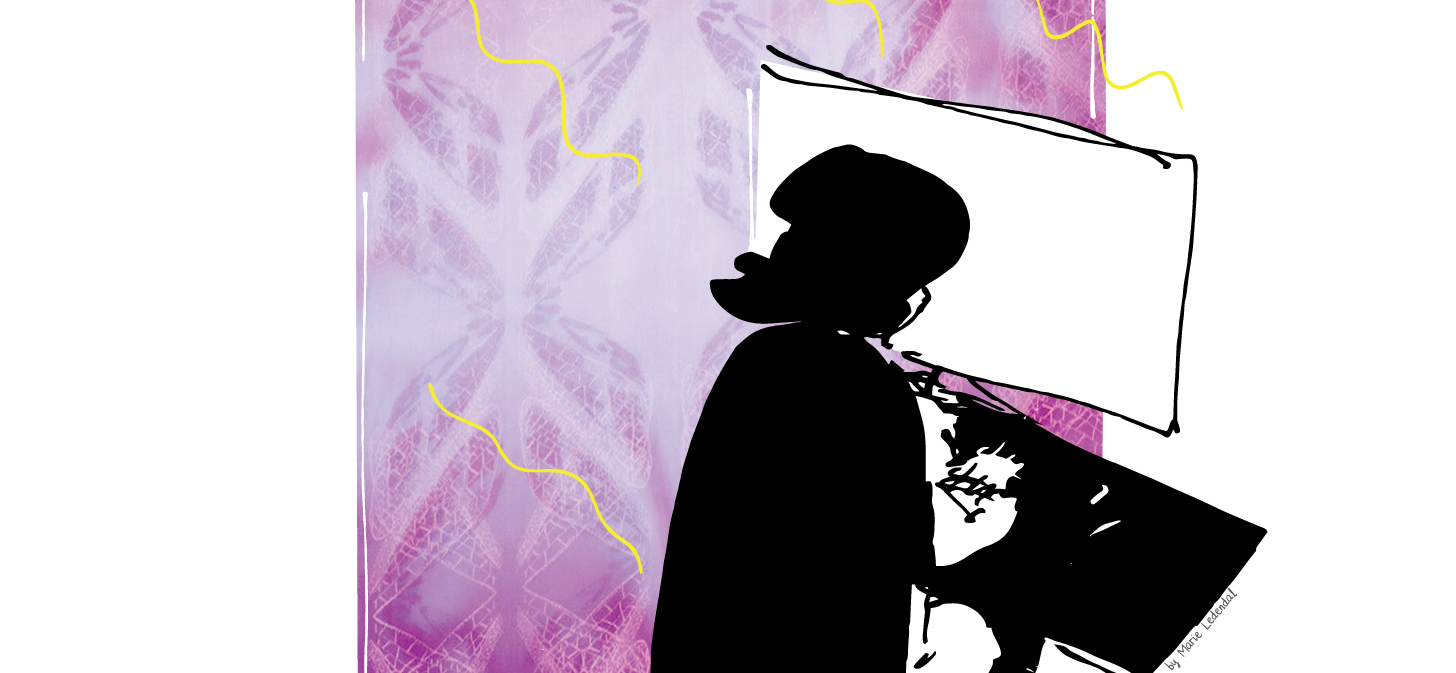The post this week introduces the second part of Chapter 6 of my PhD thesis, a discussion concerning future scenarios for the use of integrated photovoltaic cells in textile applications.
The discussion concerning the possibilities to develop the research further by integrating the photovoltaic into the textiles, has a design perspective. The work in my thesis has demonstrated that sunlight has the potential to provide a more sustainable alternative to induce colour change, compared to the variety of the ‘traditional’ electrical heating mechanisms that have been previously explored (see thesis section 2.1.4-2.1.5). It has been shown that not only direct sunlight, but also indirect sunlight can be used. The experimental work in chapter 6 was based on applications using rigid or flexible photovoltaic cells that are separate from the textile. The discussion in section 6.3 starts by considering the present state of the art in integrating photovoltaics within the textile structure. The method of future scenarios is then used based on both the practical experience and the theoretical knowledge gained in this research. Two conceptual solutions are discussed.
The first future scenario, see section 6.3.1 in thesis for more detail, is a conceptual application in which a sun-screening textile with integrated photovoltaics and heating mechanisms is mounted on the inside of a windowpane. The photovoltaic faces outdoors and the printed thermochromic imagery faces inside. This scenario discusses two possibilities for integrating photovoltaics in textiles, through (a) stitching, or other similar means of attaching, flexible cells and (b) printing photovoltaics on to the textile surface. In this case, the textiles are used as protection from glare or strong sunlight as well as providing an aesthetic trigger through colour change for the people located within the facility. The thermochromic dyes provide the possibility to be activated using solar energy both directly and indirectly. The energy harvested within this conceptual set-up powers the heaters with which the thermochromic dyes can be activated.
The second future scenario, see section 6.3.2 in thesis for more detail, is a sun-screening concept for outdoor urban textiles. This scenario is based on a set-up where integrated printed photovoltaics are on the sun-facing side of the textile and printed thermochromic dyes are on the other. This scenario is based on the sun sails, which were studied in chapter 5.6-5.7 in the thesis. The textiles provide protection from sunlight as well as an aesthetic trigger through light, shadow and colour play in urban spaces. Compared to scenario 1, the energy harvested may power other devices
To read the discssion concerning the future concepts see see section 6.3 in my PhD thesis Thermochromic textiles and sunlight activating systems: an alternative means to induce colour change. Click here to download
To read an overview of the whole thesis project, click here.
